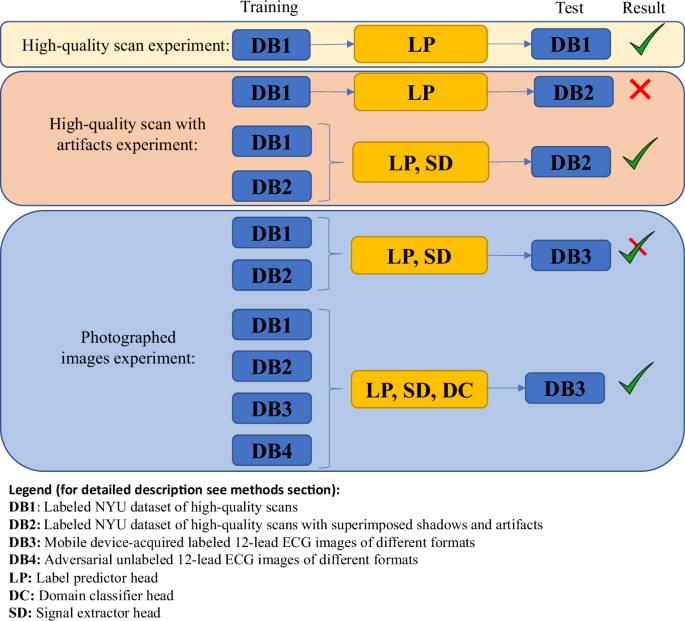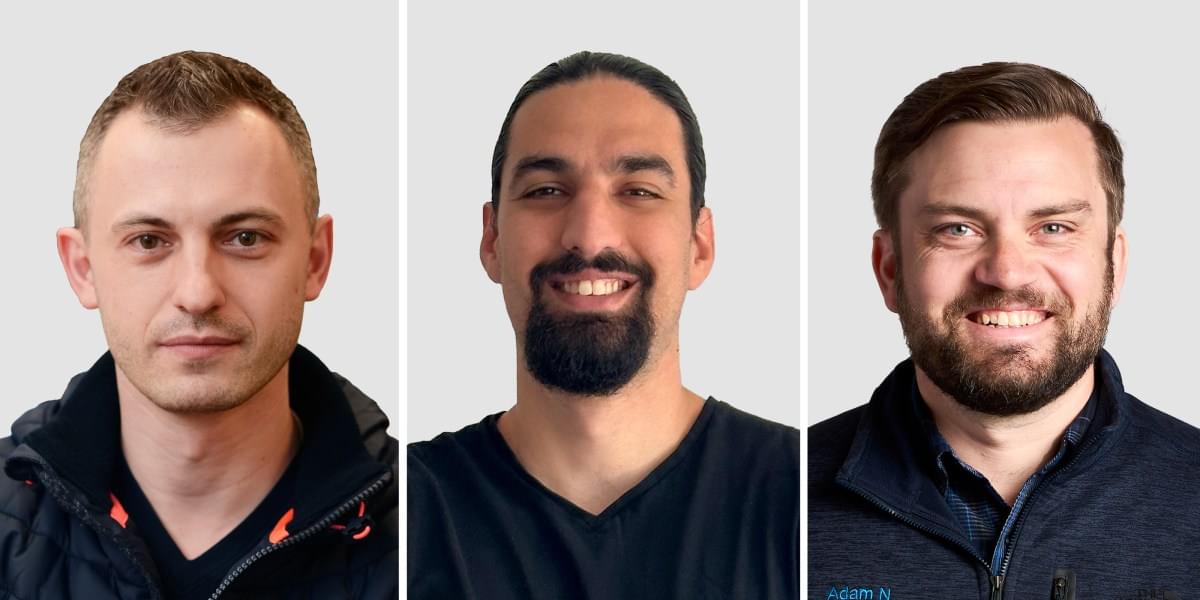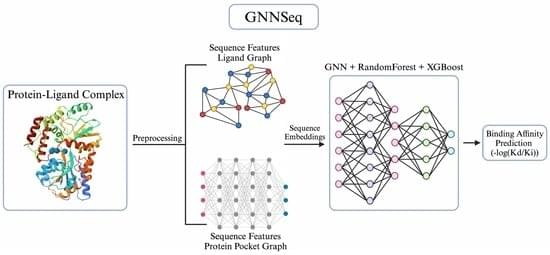Future drops, freebies & digital gifts – Don’t miss out! Join here:
https://docs.google.com/forms/d/e/1FAIpQLSdeuqNNvEjhpL_PQrF4…usp=dialog.
Ray Kurzweil, one of the world’s leading futurists, has made hundreds of predictions about technology’s future. From portable devices and wireless internet to brain-computer interfaces and nanobots in our bloodstream, Kurzweil has envisioned a future that sometimes feels like science fiction—but much of it is becoming reality.
In this video, we explore 7 of Ray Kurzweil’s boldest predictions:
00:00 — 01:44 Intro.
01:44 — 02:42 Prediction 1: Portable Devices and Wireless Internet.
02:42 — 03:34 Prediction 2: Self-Driving Cars by Early 2020s.






